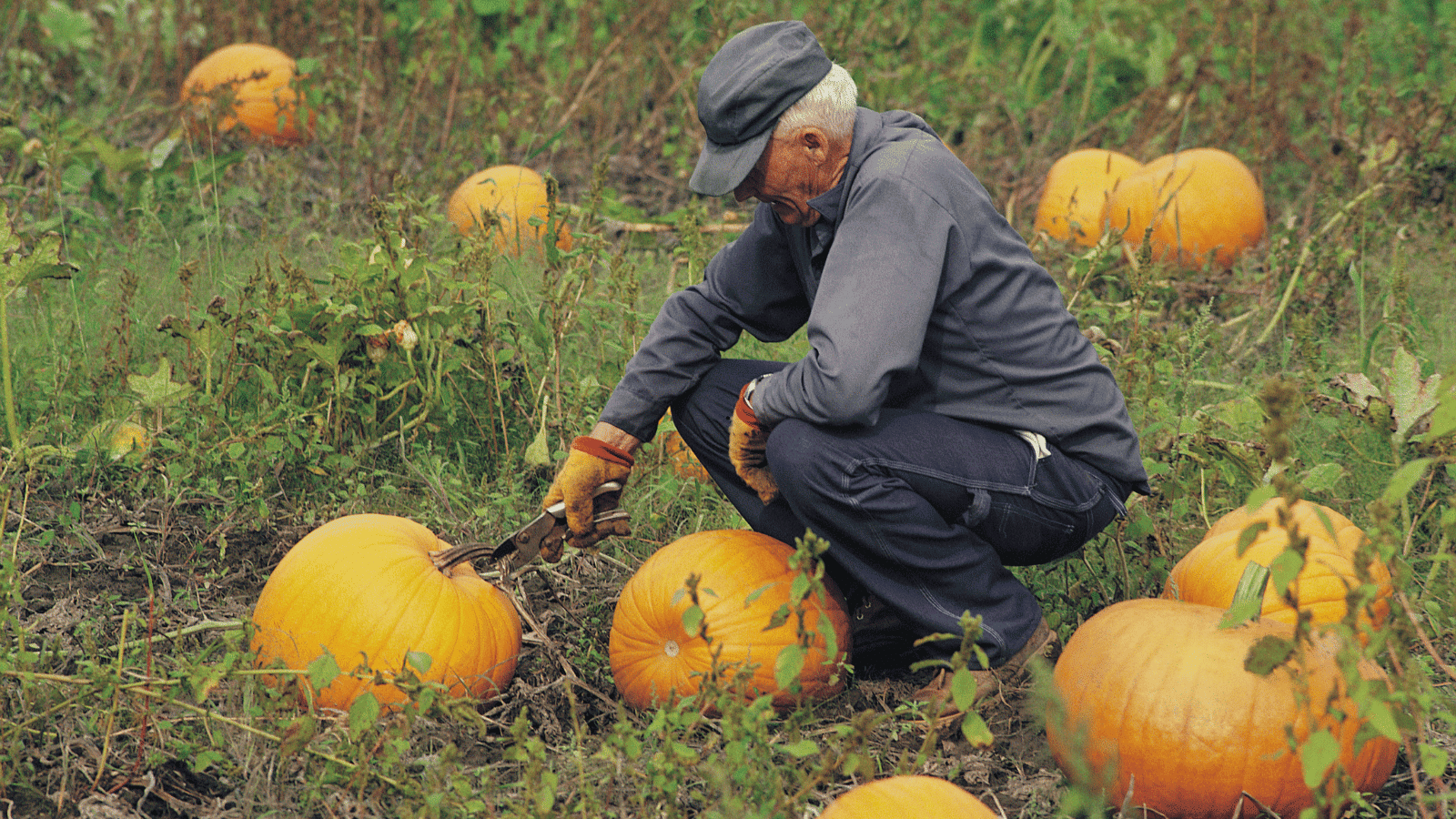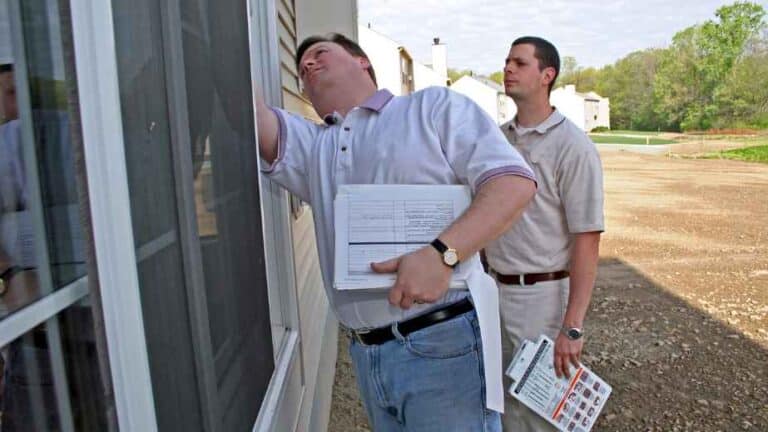How to Grow, Harvest, and Care for Your Pumpkins
Pumpkins are more than just a festive decoration for fall; they are a versatile vegetable for various dishes and crafts. Did you know that pumpkins are technically a fruit, and the largest pumpkin ever grown weighed over 2,749 pounds?
Choosing the Right Pumpkin Variety
Variety is the spice of life! There are numerous types to choose from, each with its unique characteristics.
Different Varieties for Different Uses
- Jack-o’-Lanterns: These are the classic, medium-to-large pumpkins ideal for carving. Varieties like ‘Howden’ and ‘Connecticut Field’ are popular choices.
- Pie Pumpkins: Smaller and sweeter varieties like ‘Sugar Pie’ and ‘Baby Pam’ are perfect for culinary uses.
- Ornamental Varieties include unique shapes and colors, like white ‘Casper’ pumpkins or warty ‘Knucklehead’ pumpkins, which make excellent decorations.
- Mini Pumpkins: Varieties like ‘Jack Be Little’ are adorable and perfect for small decorative pieces.
Climate and Growing Conditions
Choosing the suitable variety also depends on your climate and growing conditions. For instance, ‘Atlantic Giant’ thrives in regions with long growing seasons, while ‘Baby Boo’ is more adaptable to various climates.
Companion Planting
Pumpkins grow well with certain companion plants, such as corn and beans, which can provide natural support and pest control.
Preparing Your Garden
Preparing your garden correctly is the foundation of a successful pumpkin harvest. Pumpkins are heavy feeders and require nutrient-rich soil to thrive.
Soil Requirements
Pumpkins prefer slightly acidic soil with a pH of between 6.0 and 6.5. Checking and adjusting your soil’s pH can significantly affect your pumpkin’s growth.
Site Selection
Choose a site that receives full sunlight for a minimum of 6-8 hours daily. Ensure ample space for the vines to spread out, as pumpkin plants can take up a lot of room.
Soil Preparation
Tilling your soil to a depth of 12-15 inches and incorporating compost will provide the necessary nutrients. Fertilizing with a balanced, slow-release fertilizer also helps to create fertile ground for your pumpkins.
Planting Your Pumpkin Seeds

Timing is everything when planting pumpkin seeds. Understanding your local frost dates and growing season will set you up for success.
When to Plant
Pumpkins are warm-season crops and should be planted after the last frost date in your area. Typically, this means planting in late spring or early summer.
Starting Seeds Indoors vs. Direct Sowing
You can start your pumpkin seeds indoors about 2-3 weeks before the last frost date. This gives them a head start and can result in earlier harvests. Alternatively, you can sow the seeds directly into the garden soil.
Planting Guide
Plant your seeds about 1 inch deep and 3-4 feet apart in well-spaced hills. Water them thoroughly and keep the soil consistently moist until germination.
Growing Pumpkins: Care and Maintenance
Once your pumpkins have sprouted, proper care and maintenance are crucial to ensure a bountiful harvest.
Watering
Pumpkins need plenty of water, especially during the hot summer months. Water the plants deeply once a week, ensuring the soil is moist but not waterlogged.
Fertilizing
Use a balanced fertilizer every 3-4 weeks to support healthy growth. Organic options like compost or fish emulsion can also be beneficial.
Weed Control
Mulching around your plants can help retain soil moisture and keep weeds at bay. Manual weeding is also essential to prevent competition for nutrients.
Dealing with Pests and Diseases
Pumpkins are susceptible to various pests and diseases, proper management can keep your plants healthy.
Common Pests
Squash bugs, aphids, and cucumber beetles are common pumpkin pests. Organic control methods like neem oil or insecticidal soap can be effective.
Common Diseases
Powdery mildew and downy mildew are frequent issues in pumpkin plants. To prevent these, provide enough air circulation, avoid overhead watering, and use fungicides if necessary.
Integrated Pest Management
Integrated Pest Management (IPM) combines multiple strategies for effective pest control. One strategy is to encourage natural predators like ladybugs and use barriers like row covers.
Research Gate states, “Pumpkin is one of the most significant vegetable crops widely consumed in farmland and certain urban regions.” This highlights the importance of effective pest and disease management to safeguard the crop.
Harvesting Pumpkins

Knowing when and how to harvest your pumpkins ensures you get the best quality produce.
Signs of Maturity
Pumpkins are ready to harvest when they have reached their full color and the rind is hard. The stem should also be dry and starting to crack.
Proper Harvesting Techniques
Use a sharp knife to cut the pumpkin from the vine, leaving a few inches of stem attached. Handle the pumpkins carefully to avoid bruising.
Curing Pumpkins
Curing your pumpkins in a warm, dry place for about ten days helps to harden the skin and improve storage life.
Storing and Using Your Harvested Pumpkins
After harvesting, proper storage ensures your pumpkins last for months and can be used in various ways.
Storage Methods
Pumpkins should be stored in a cool and dry place with good air circulation. Ideal storage conditions are temperatures between 50-55°F and 60-70% humidity.
Culinary Uses
Pumpkins are incredibly versatile in the kitchen. From classic pumpkin pie to savory soups and roasted seeds, there are countless ways to enjoy your harvest.
Decorative Uses
Beyond the kitchen, pumpkins make fantastic decorations. They can be used for autumn-themed centerpieces, Halloween jack-o’-lanterns, or even painted crafts.
Conclusion
Growing pumpkins at home is a fulfilling and enjoyable experience. From choosing the suitable variety to preparing your garden and caring for your plants, each step brings you closer to harvesting your delicious and decorative pumpkins.








